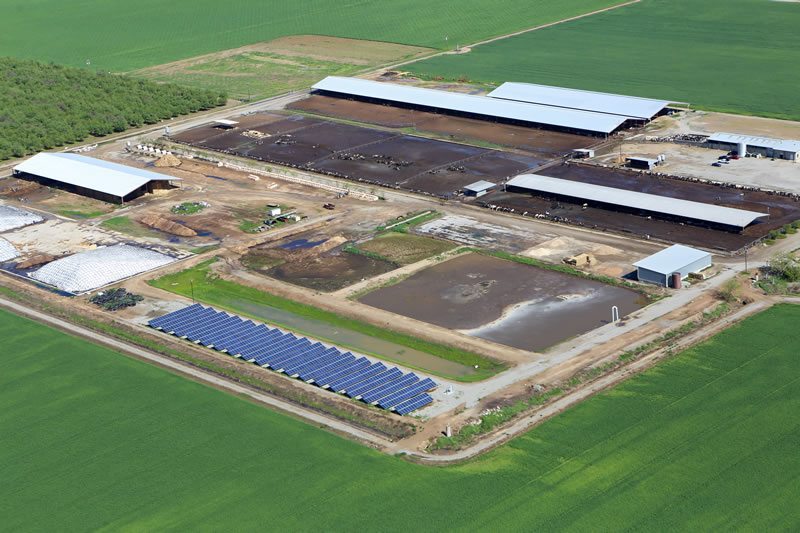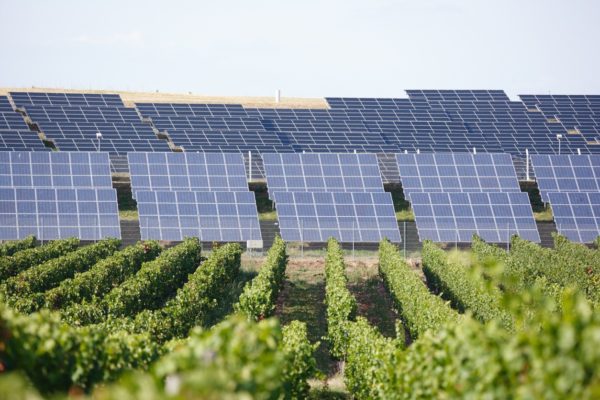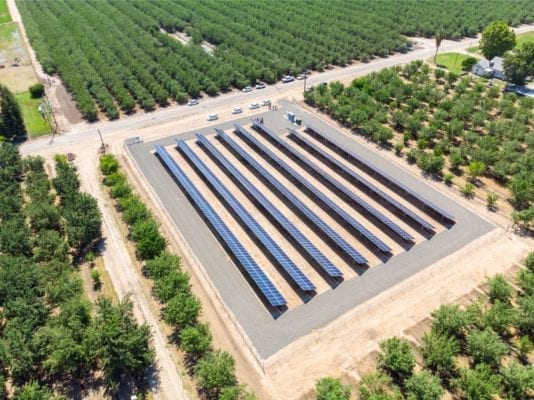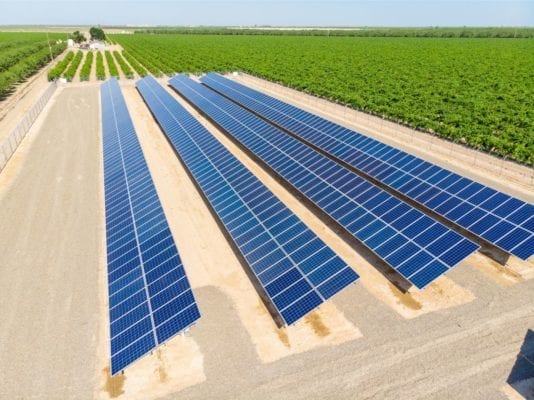
Solar energy was initially used to provide electric energy to houses and businesses distant from a power grid. Solar energy has expanded into other fields and uses over time. Unlike fossil fuels like gas, coal, and petroleum, it will not deplete as it is a renewable energy source.
The switch to renewable energy sources from non-renewable ones has created a world of opportunities. Additionally, the demand for solar panel farm installations has increased and has reduced its price.
The use of solar energy has become increasingly prevalent in daily life, transportation, and agriculture. Sun energy has evolved to encompass solar cooling, drying, and electrical generation for space lighting and heating.
Solar battery storage system helps your renewable energy source run more effectively. With a battery, you can achieve power independence and save even more money because you won’t depend on energy companies like a regular system.
The energy consumption in the agriculture sector has significantly expanded to fulfill the needs of a growing population and an expanding need for food. Solar energy is required to meet this need and to power agricultural machinery such as generators, pumps, tillers, motors, etc. These tools can potentially reduce reliance on conventional energy and fossil fuels.
Agriculture has been one of the most dynamic and promising sectors for adopting new reforms and technology. Many nations, like the US, Australia, and China, have already begun to promote the use of renewable energy sources for various agricultural uses.
Although solar energy usage is still in process, recent developments have leveled up solar energy as a potent and viable source of power for various agricultural uses.
Applications of Solar Energy in Agriculture

A sustainable way of life in rural areas dependent on agriculture requires access to renewable energy sources. Solar PV cells are a trusted and tried option for energy in agricultural processing, such as poultry, irrigation, lighting, and pest control, which do not require high energy production.
Utility costs can break the bank because farming and agriculture use a lot of electricity for plowing, greenhouses irrigation, cooling and heating of house livestock buildings, and dairy operations. Although the initial cost of solar electricity may be significant, farmers will profit in the long run.
The agriculture sector can gain from technologies like water pumping, solar drying, and food preservation refrigeration.
Agriculture and renewable energy make a potent combo. Renewable energy sources like solar, wind, and biomass can be used indefinitely, giving farmers a reliable source of revenue. We will discuss some of the applications of solar energy in agriculture below:
1. Water Pumps
Solar energy can power up both small-scale farming and larger agricultural irrigation. To guarantee a consistent water supply every 24 hours, the solar water pump system includes an inverter and energy storage. In addition to helping with daily needs, solar water pumps can guarantee a consistent water supply for livestock.
Solar water pumps are essential in many locations where the availability of electric power is uncertain or nonexistent. Farmers can save countless hours of labor by using solar pumps to transport water from canals and reservoirs to their land.
2. Solar Drying
Before, agricultural products like vegetables, meat, and fruits were dried in the open air, which resulted in a higher loss rate because of food decay. As opposed to this, solar energy allows for longer storage after a harvest because it requires less time and is not affected by natural elements.
Farmers can transfer them in advance if the markets are not fully developed. There are different types of sun drying; hybrid, direct, and indirect modes are among them. A hybrid solar cabinet dryer is used for mixed or hybrid drying, a solar box is used for direct drying, and a solar cabinet is used for indirect drying.
Drying agricultural products had a chance that the rats, wind, and pollutants might contaminate crops. Today’s technological breakthroughs have led to the development of solar dryers, which can help capture the most solar energy and concentrate it in a closed container, where trays are used to dry the fruit. These solutions will also help speed up the procedure and reduce the amount of time needed.
3. Refrigeration
Agriculture-based food products require refrigeration and a lot of energy to process and preserve. Solar energy for cooling is more practical, particularly in remote locations with little to no access to an electrical grid.
Solar energy can be used efficiently for cooling and heating, improving the shelf life of agricultural products with further development and applications.
In conclusion, solar energy and its applications are constantly developing. Solar electricity is the most logical, financially practical, and environmentally friendly approach with today’s cutting-edge technology.
4. Space and Water Heating
Dairy and livestock enterprises require variable amounts of water and space heating throughout the year and seasons. Since cattle farming is usually done in closed structures, it is essential for operations that the air quality and temperature are favorable. Solar energy is used to control this environment throughout the year.
Farmers can reduce their electricity bill expenditures by using a solar-powered heating system. These systems use solar panels to efficiently power the necessary temperature control devices.
5. Greenhouse Heating
A greenhouse heating system is necessary for some plants and crops to flourish properly. Commercial greenhouses do not require sunlight to provide heat but lighting.
Solar greenhouse heating systems provide the necessary lighting and heating. A solar panel to gather energy and battery storage are both present in a solar greenhouse. It also includes insulation, which will help preserve heat on chilly days and nights.
6. Remote Electricity Supply
Farms may be situated in distant locations with insufficient electrical supplies, and farmers may often experience problems with power outages and shortages when trying to use their equipment and tools on the farms.
In farms, solar PV systems generate the necessary electricity, which is then stored in batteries and used as needed. In the long run, this helps farmers save money by lowering the electricity they use from the grid.
7. Solar Cooling Systems
Farmers suffer significant losses because their farms often lack proper cooling and refrigeration facilities. Even if they have a refrigerated system, constant power outages interrupt their production, slow their process, and make it incredibly challenging to keep the systems running all day.
Cooling systems that run on solar energy help in solving this issue. The batteries connected to the solar panels will provide a constant source of power for the refrigeration systems, with morning power coming straight from the panels and nighttime power coming from the batteries’ backup power reserves.
Benefits of Solar in Agriculture

Solar energy is a revolution in the farming industry. Agricultural farms need a consistent and ample supply of water for their crops. The supply of water is organized by high-power water pumps, which draw a significant amount of electricity.
The electrical expenditures of farmers rose with increasing electricity rates, which affected the price of their produce.
A huge number of agricultural businesses and farms are switching to solar power for their daily operations. Solar energy has relieved farmers and residents in remote areas by providing them with free of cost electricity. This technology is also beneficial for the environment as it battles climate change and reduces the greenhouse gas effect. Following are some of the benefits of using solar for agricultural purposes.
- The solar solution for agricultural systems is cost-effective, saving long-term costs associated with power and electricity.
- The agricultural solar system provides a constant supply of uninterruptible power in many situations.
- It makes farmers rely on renewable energy and reduce the use of fossil fuels.
- Local power systems are accessible, even in far-off places.
- Management of power consumption is easy.
- It combats climate change and positively impacts the overall environment.
The viability of using solar panels varies by location, and their effectiveness depends on various environmental factors. Therefore, knowing this in advance is essential for every farmer who wants to prevent losses through inadequate analysis.
Coldwell Solar Offers Solar Solutions for California’s Agriculture

The agricultural sector faces one of the highest demands for electricity. Farmers use pumps and other equipment to power the system. It would be challenging for the energy sector and small-scale farmers to sustain them in the long run with the rising demand and the expensive anguish involved in producing electricity using conventional ways.
Solar energy is the best solution to meet this demand and produce the energy needed to run the electrical tools that rely on electricity. A solar energy setup can be quite profitable over the long haul if done correctly.
Agriculture and renewable energy can work well together to tackle many of the problems we face today. It also increases the quality of agricultural outputs by reducing expenses and enhancing the effectiveness of agricultural procedures.
Contact Coldwell Solar for more information regarding solar farms and how they can help businesses globally.

